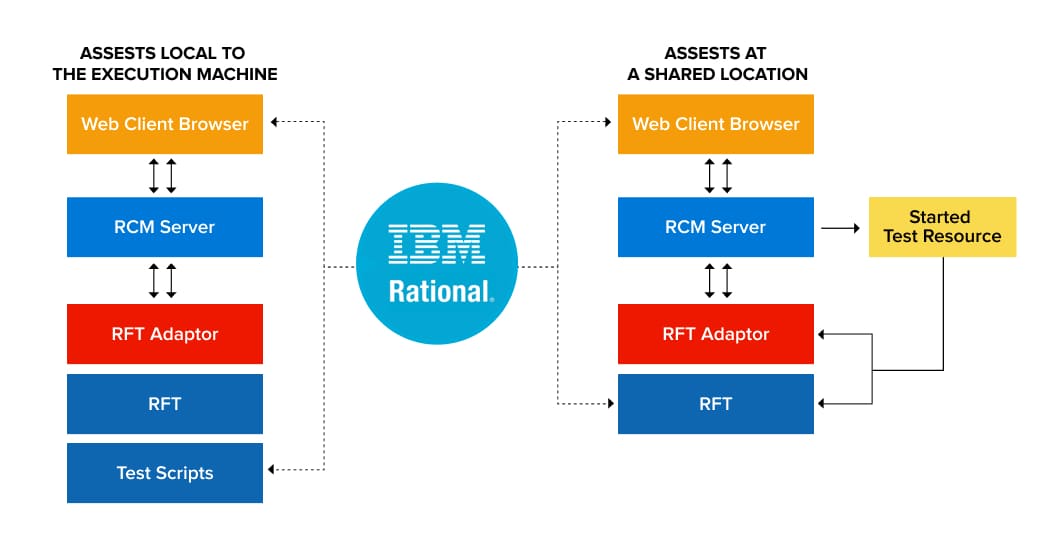
Revolutionizing Testing: The Ultimate Guide to Rapid Test Automation Tools
- by Jose Bryant

In today’s fast-paced world, the demand for efficient and effective testing processes has never been greater. With the rise of agile development practices and continuous integration, the need for rapid test automation tools has become paramount. These tools not only streamline the testing process but also contribute to the overall quality and reliability of software products.
Test automation tools play a crucial role in accelerating the testing cycle, enabling teams to achieve better test coverage in a shorter period of time. By embracing rapid test automation, organizations can enhance their testing capabilities, reduce manual effort, and ultimately deliver high-quality software at speed. Let’s explore the realm of test automation tools and how they are revolutionizing the way testing is conducted in the software development landscape.
Benefits of Rapid Test Automation
Rapid Test Automation offers numerous advantages for modern software development teams. Firstly, it significantly reduces the time required to execute test cases, allowing for quicker feedback on the application’s functionality. This agility enhances the overall development process and accelerates the deployment of new features.
Codeless Automation Testing Tools
Another key benefit is the high level of accuracy and consistency that Rapid Test Automation tools provide. By automating repetitive test scenarios, the chances of human error are minimized, leading to more reliable test results. This reliability boosts the confidence in the software’s quality and helps identify bugs early in the development lifecycle.
Moreover, Rapid Test Automation facilitates seamless integration with Continuous Integration/Continuous Deployment (CI/CD) pipelines. By automating the testing process, teams can efficiently run tests alongside code changes, ensuring that any issues are detected and addressed promptly. This integration streamlines the software delivery pipeline and supports a faster time-to-market.
Choosing the Right Test Automation Tool
For those embarking on the journey of integrating rapid test automation into their workflow, selecting the most suitable test automation tool is crucial. The first step in this process is to assess the specific requirements of your project. Understanding the nature of the software application, the target platforms, as well as the technical expertise of the team members, will help in narrowing down the options.
Once the project requirements have been identified, it is essential to evaluate the features and capabilities of different test automation tools available in the market. Look for tools that offer robust functionality, easy integration with existing systems, and comprehensive support for the technologies used in your project. Additionally, consider factors such as scalability, reporting capabilities, and maintenance requirements when making your decision.
While there are numerous test automation tools to choose from, it is important to remember that there is no one-size-fits-all solution. Ultimately, the right test automation tool will depend on a combination of factors unique to your project. By carefully considering your requirements, evaluating available options, and conducting thorough testing, you can find a tool that best aligns with your goals for rapid test automation success.
Best Practices for Implementing Test Automation
When implementing test automation, thorough planning and analysis are essential. Begin by identifying which test cases are suitable for automation to maximize efficiency and ROI. It’s crucial to prioritize test cases based on factors such as frequency of execution, complexity, and criticality to the application.
Collaboration between developers, testers, and other stakeholders is key to successful test automation implementation. Establish clear communication channels, define roles and responsibilities, and ensure that everyone is aligned on the goals and expectations of the test automation initiative. Regular feedback sessions and status updates will help keep the team on track and address any issues promptly.
Continuous monitoring and maintenance of test automation scripts are vital for long-term success. Regularly review and update test scripts to accommodate changes in the application or requirements. Implementing version control and scheduling routine reviews can help prevent script failure and ensure the accuracy of test results.
In today’s fast-paced world, the demand for efficient and effective testing processes has never been greater. With the rise of agile development practices and continuous integration, the need for rapid test automation tools has become paramount. These tools not only streamline the testing process but also contribute to the overall quality and reliability of software…